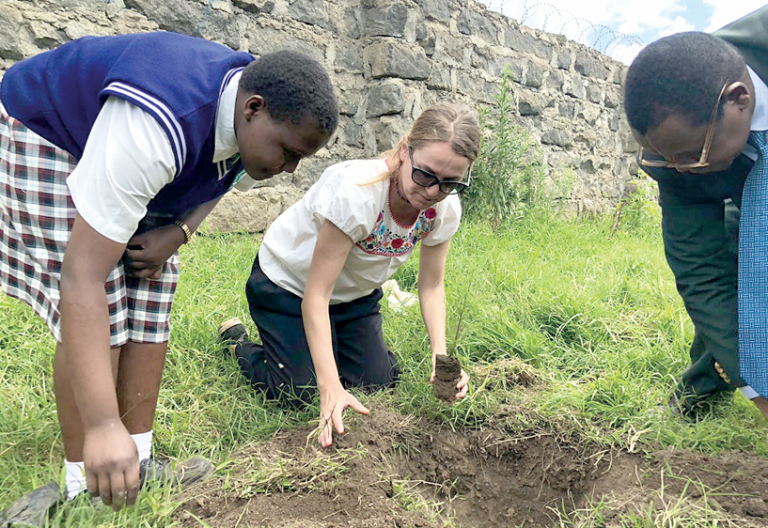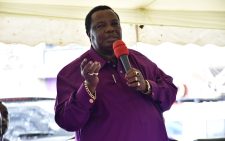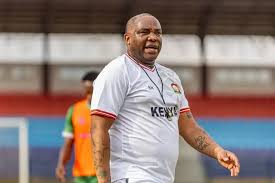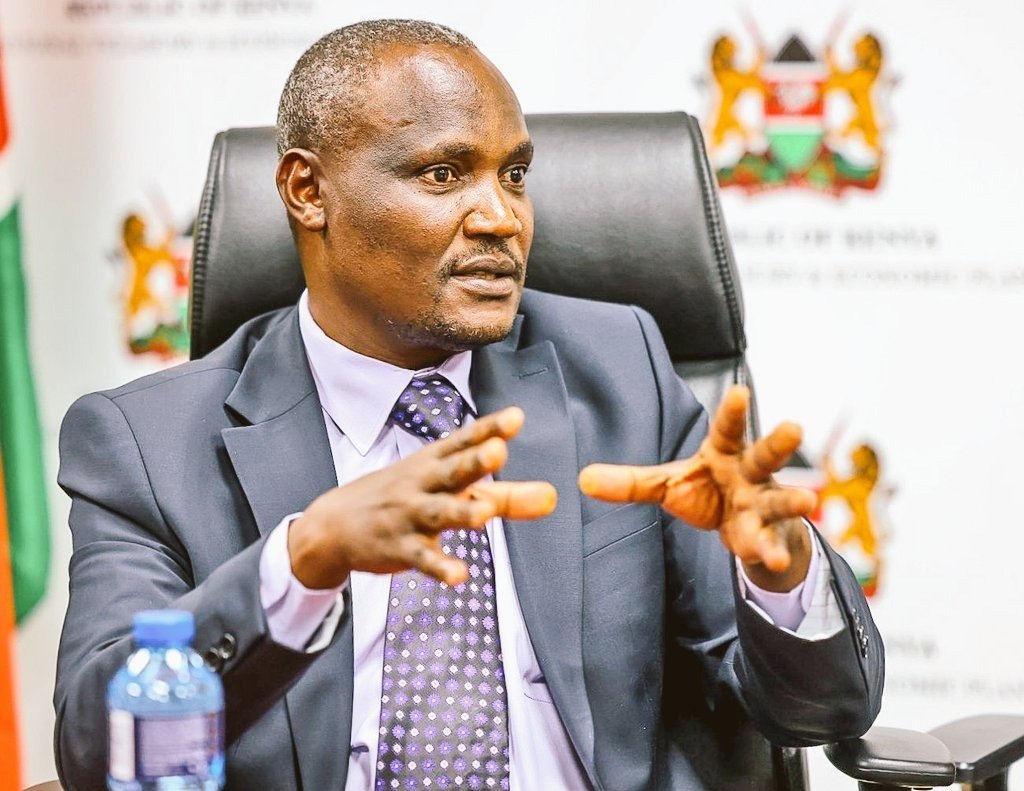We must turn our education green for survival, to secure the Earth’s future

Efforts to protect nature and humanity from the impacts of climate change are today principally focused on those threatened most, the future generation.
Scientific studies confirm that it’s everyone’s responsibility to protect our ecosystems, not just for our own survival, but for the future of every living creature with whom we share planet Earth.
With five years remaining to until the deadline of the United Nations 2030 Agenda for Sustainable Development, uncertainty looms over whether the world can truly achieve the Sustainable Development Goals (SDGs)
That’s why researchers are urging a rethink of the role that greening education plays in our approach to the global climate crisis. While global leaders debate policies, tactics and financing to mitigate climate change, they point out, a crucial factor remains overlooked: greening education.
Experts insist that to ensure our very survival, greening education must go from a “nice to have” in school curricula to a “must-have”.
“To overcome humanity’s greatest challenge, we must begin in the most critical place where knowledge is cultivated, and that is the classroom,” write Antonio Diaz Aranda and Faith Adedolapo Olayiwola in the International Institute for Sustainable Development (IISD) SDG Update.
Aranda is the events and partnerships project lead with Sustainable Development Solutions Network (SDSN) Youth and Olayiwola is the SDG students programme project lead with SDSN Youth. The SDSN Youth is one of the world’s biggest networks of young leaders working together to accelerate solutions towards the SDGs.
The SDG Update compiles the news, commentary and upcoming events published on the SDG Knowledge Hub each day, delivering information on the implementation of the 2030 Agenda. Both the United Nations Academic Impact and the SDSN are engaging with the academic community to promote, respectively, the values of the United Nations and the SDGs.
The SDNS programmes are designed to foster growth. They empower the youth to drive sustainable solutions – regardless of what country, stage of life, level of knowledge, or problem they are trying to solve.
Not a priority
With half of the world’s population under the age of 30, SDG 4 (Quality Education) stands as a cornerstone in the struggle against climate change. Yet the majority of young people, those most affected by the crisis, are left under-informed or entirely uninformed about its causes, consequences, and solutions.
In a 2022 UN Educational, Scientific and Cultural Organisation (Unesco) survey, 70 per cent of young people responded that they either cannot explain climate change, can only describe its broad principles, or know nothing about it.
This disconnect becomes most evident at critical global climate events, such as the annual UN Climate Change Conference (UNFCCC), where all climate topics are discussed, from nationally determined contributions (NDCs) to a just transition and mitigation and adaptation targets, but greening education remains a thematic item, rather than a priority.
Although included as one of the key elements within the Action for Climate Empowerment (ACE), in practice, education is not at the centre of the discussions or even a priority of most member states.
How can we expect to achieve a sustainable world when the quality of today’s education falls short? the experts pose.
“Greening education is not just about teaching climate science. It drives critical thinking, innovation and resilience, it questions how we can cultivate climate-conscious citizens, skilled professionals for green industries, and leaders to drive necessary systemic changes,” explain Aranda and Olayiwola, adding that the matter is simply no longer optional because ignoring it risks an educational gap that could jeopardise all efforts toward achieving climate goals, ensuring survival, and fostering sustainability.
The primary challenge lies in its integration into school curricula. In the best cases, it is treated as a standardised subject for all students, offering only a surface-level understanding of climate issues without delving into their causes and consequences. And in the worst cases, it is relegated to an optional.
Beyond curriculum challenges, few teachers are adequately trained to explain these topics. Today, 29 per cent of teachers feel unprepared to teach about climate change, the authors state in the SDG Update. If educators do not feel equipped, how can we expect their students to be climate-ready? they pose, adding that capacity-building must extend to teachers so they can equip future generation with the knowledge and tools to face the climate crisis.
In practice, while fostering a broad understanding of the climate crisis is crucial, it is equally, if not more, important to prepare a generation with practical skills and knowledge. According to the UN Development Programme (UNDP), 103 million youths lack basic literacy skills.
Meaningful inclusion
It is evident that the fundamentals are ignored across education systems, hindering critical development. And without a transformational shift in learning and teaching methods to empower youth, green education risks facing the same issues as traditional systems and methods.
This leads to the big question: How do we resolve this crisis? Aranda and Olayiwola say the first step is meaningful inclusion of youth in today’s educational model. For too long, children and young people have been considered passive education recipients.
“Now, as young people face the catastrophes of the climate crisis head on, they are demanding a green education that is relatable, practical and inclusive. They desire a space where teachers and students can collaboratively develop initiatives, methodologies and educational tolls,” they note.
Youth-led programmes including the SDG Students Programme and the Local Pathway Fellowships, and initiatives like hackathons, capacity building sessions and awareness campaigns can inspire young people to implement innovative solutions while influencing a positive societal change.
“By involving young people in climate education, we can build resilience, shifting the narrative from victimhood to agency. After all, their inclusion is not just beneficial but essential for a sustainable climate-resilient world,” the two experts argue.
They say the second step in resolving the knowledge gap on the climate crisis among young people is promoting interdisciplinary education. According to a 2021 Unesco Report, 77 per cent of young people agree that experts in diverse fields and disciplines should teach climate change to fully address the issue’s complexity.
We need lawyers familiar with environmental litigation, architects versed in sustainable urban design, and engineers proficient in sustainable models. Tailoring climate education across every field of study is vital.
It is time to rethink the role of greening education in our approach to the global climate crisis. Climate education aims to empower individuals, especially the younger generation with the knowledge and skills to address climate change, empowering them to become agents of change.
It is crucial for building climate literacy, encouraging action, and promoting adaptation to climate change-related trends. It encourages changes in attitudes and behaviours, promoting sustainable practices and reducing carbon footprints, equips communities with the knowledge and skills to adapt to climate change impacts and build resilience, fostering societal transformation and addressing the challenges of climate change. As Aranda and Olayiwola emphasise, “in the fight against climate change, education is not just part of the solution, it is the solution”.














